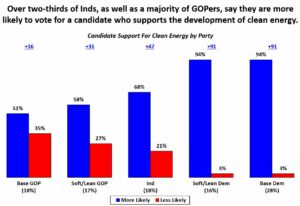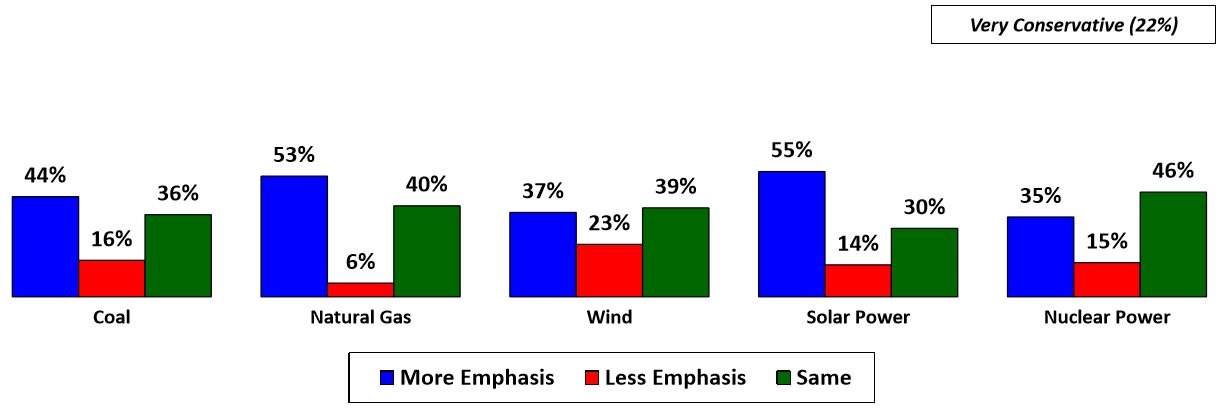
Among those testifying during the marathon public hearing this week on a proposed Spotsylvania County solar installation was a former GOP operative turned lobbyist (sounds familiar) who identified himself as “executive director for Conservatives for Clean Energy Virginia.”
“It’s not just companies that want solar. It’s residents too,” Christopher West told the county supervisors. “In a recent public opinion poll conducted in Virginia, voters overwhelmingly agreed that the commonwealth should pursue an all-of-the-above energy strategy to lower dependence on fossil fuels and improve energy efficiency. Specifically, over 71 percent of Virginians want to put more emphasis on solar energy.”

West has a respectable list of other clients, so it is reasonable to assume he’s not managing a big organization day-to-day. The group may use the same phone booth other GOP organizations have gathered in over the years, although it probably has a mailing list. You won’t find details about who pays the bills on its website, leaving one free to speculate cui bono. It gave its top awards to the patrons of the 2018 Ratepayer Bill Transformation Act.
Opposition to the massive Spotsylvania facility on NIMBY grounds is unfortunate but easy to understand. Also understandable: Complaints about the huge federal, state and local tax subsidies still demanded by an industry that otherwise brags it is so cost competitive.
But is sPower’s proposed facility, large as it is, really part of some “globalist, green and liberal agenda in Virginia,” as Sean Hannity claimed on his February 15 national show? Are its opponents “fighting back and doing everything they can to protect the history of the land that deep-pocketed Democrats seek to destroy…in the heart of historic Civil War country?” That level of hyperbole begs another cui bono.
West’s client has been polling in North Carolina and Virginia on energy issues for a few years now, with results that should surprise no one (the best kind of poll for lobbyists). There really is no baseline hostility to renewable clean energy sources along political lines. Democrats are more fully committed to renewables over fossil fuel, but Republicans show support for most energy sources.

The polling is done by Glen Bolger’s Public Opinion Strategies, with samples of 500 likely voters, which are a bit smaller than some prefer when looking at subgroups. The most recent survey West cited was in Virginia in early January, and several weeks ago he had shared a slide set on the results with Bacon’s Rebellion.
Comparing results with previous polls in December 2016 and October 2017, this poll showed declining support for coal, natural gas and nuclear and even wind, with a slight uptick for solar. The fossil fuel sources have stronger support among Republicans, with 44 percent of the most conservative wanting more emphasis on coal. There is a clear regional component to that.
Where I disagree with the poll is its definition of an “all of the above” energy strategy, “which means lowering our heavy dependence on fossil fuels over time and allowing an increase in electricity generation from emerging technologies like renewable energy as well as more energy efficiency, and I support taking action to accelerate the development and use of clean energy in Virginia.”
That is hardly Green New Deal speak, but neither does it match what most would mean by “all of the above.” Many of us are just fine with Virginia continuing to build new natural gas base load plants as old coal retires and perhaps the nuclear plants also retire. Yet strong majorities of those identified as very conservative or somewhat conservative agreed with the statement, perhaps because they do or perhaps because they responded to the phrase “all of the above.”
The opening line about “heavy dependence” puts a thumb on the scale, and the poll authors knew that. A better description of the described approach would be going green at a responsible pace, but still going steadily green.
That said, most Republicans would be closer in alignment with West’s client’s views than with Sean Hannity’s. I hear knee-jerk statements of hostility to renewable energy like Hannity’s in other political arenas and wonder if there is any point responding rationally. Probably not. Behind the scenes on every side, cui bono.

Leave a Reply
You must be logged in to post a comment.